 |
| The tomb of Mr. Pho Bang Duong Phuoc Vinh. |
I rarely heard the name Duong Phuoc Vinh, but I did know Dang Huy Tru. The first time I heard his name was because a classmate of mine when studying Literature at Hue University was assigned to write an essay about his life and career.
Dang Huy Tru (1825-1874) was from Thanh Luong village, Huong Xuan commune, now Huong Xuan ward, Huong Tra town. He was an official under the Nguyen dynasty and was famous for his integrity. In addition to being a shining example for the people and the country, he was also a talented cultural figure, politician , economist, military man and diplomat. He is also considered the founder of Vietnamese photography. Dang Huy Tru's tomb and church were recognized as national monuments in December 1991.
About the character Duong Phuoc Vinh (1812-1864), he was from Hien Luong village, Phong Hien commune (Phong Dien). He was a person with a strong desire to study since childhood, studying for many years with Mr. Dang Van Trong, the father of Dang Huy Tru. In 1841, he passed the Bachelor's exam, in 1842, passed the Pho Bang exam. In 1848, he was appointed as a co-prefect in Nghia Hung. In 1854, he was transferred to the position of Censor of Hai An district. In 1856, he was promoted to the position of Chief of the Military Department, then transferred to the position of An Sat in Binh Dinh. In 1861, he was promoted to the position of Binh Bo Thi Lang, and assisted Ninh Binh Tuan Phu Quan Phong. He served as an official for 21 years, managing many important places, was trusted by the officials, and loved by the people. He passed away on December 5, 1864, while holding the position of Ninh Binh Tuan Vu. Commenting on him, even the great mandarin Than Van Nhiep, an outstanding military mandarin, a famous upright mandarin who loved the people, had to exclaim: "This man is careful, loyal, and will be highly regarded in the future, I cannot compare" (stele inscription). Unfortunately, he did not live long, passing away at the age of just over 50 while still in his prime.
 |
| The stele text was composed by Dang Huy Tru. |
Regarding the reason for the creation of the Duong Phuoc Vinh stele, the famous Dang Huy Tru clearly stated that it was because Mr. Duong's wife and children came to ask for it. And because Mr. Duong was both a student of Mr. Dang's father and a mandarin of the same dynasty, and perhaps because he was moved by Mr. Duong's love and virtue, Dang Huy Tru happily accepted to write it. The stele records the conduct, virtues, and admiration of everyone as well as the writer himself. The white stone stele, about 35x70cm in size, is placed on a pedestal also made of white stone. The front side is engraved with the stele text composed by Dang Huy Tru, the back side is engraved with the name, title, and the person who established it... All are in Chinese characters. The handwriting is still quite clear, the inscription shows that the stele was established in May of the year Binh Dan, Tu Duc reign. All are covered by a small broken stele roof, not enough to keep out the wind and rain. Nearly 1.5 centuries of existence, I feel very sorry and regretful for such an original text and artifact.
 |
| Stone stele at Chieu Nghi tomb (Thuy Xuan - Hue City) |
Suddenly I remember the stele at Chieu Nghi tomb (Thuy Xuan ward - Hue city) - a large stele over 3m high, 1m40 wide and very beautiful, engraved with the stele inscription by the lord. Vo Nguyen Phuc Khoat composed the stele, which was evaluated as "a good piece of writing, expressing the heart of the king for his wife; the content has great literary and humanistic value, expressing the morality of husband and wife and the personality of people in the past and present, which still has its original value" is also in a state of being exposed to the sun and rain of time. Or the steles at Vo Mieu - a special construction that only Hue has, are also sharing the same fate...
 |
| Steles at the Temple of Martial Arts. |
“A hundred years of stone steles will wear away…”, without care and protection, those steles will eventually dissipate over time, rain and sun. Someone might say, they have been photographed, and printed, so there is no need to worry. Well, there is no need to worry about the content and images, but those original artifacts and relics being damaged and dissipated, isn’t it worth regretting and feeling sorry for future generations?
Source: https://baothuathienhue.vn/van-hoa-nghe-thuat/chang-le-khong-dang-de-xot-xa-143614.html






















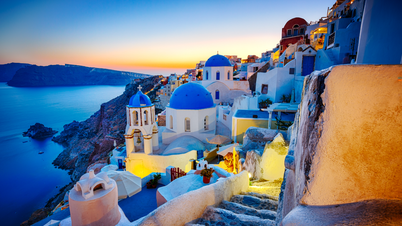

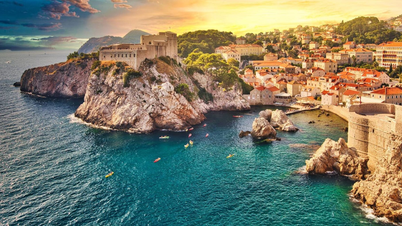


























































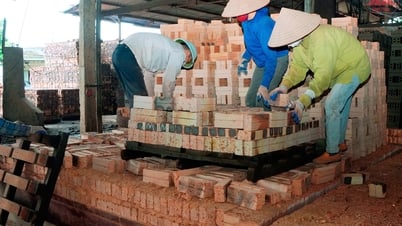
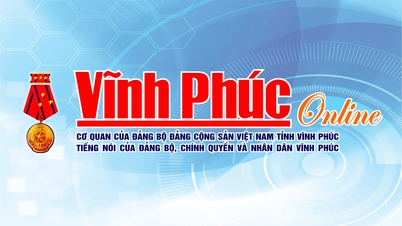












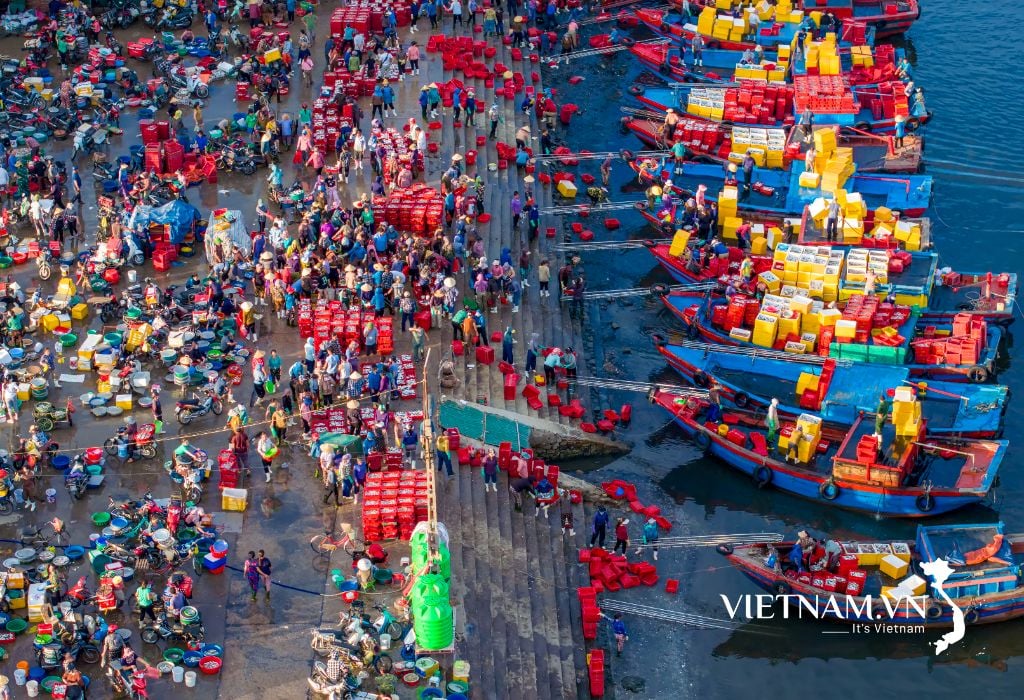

Comment (0)